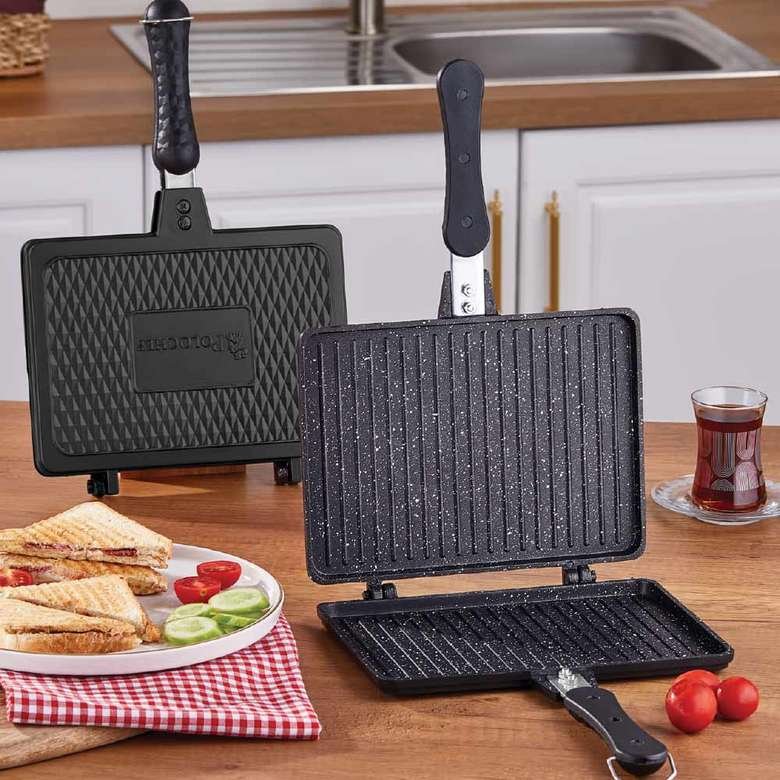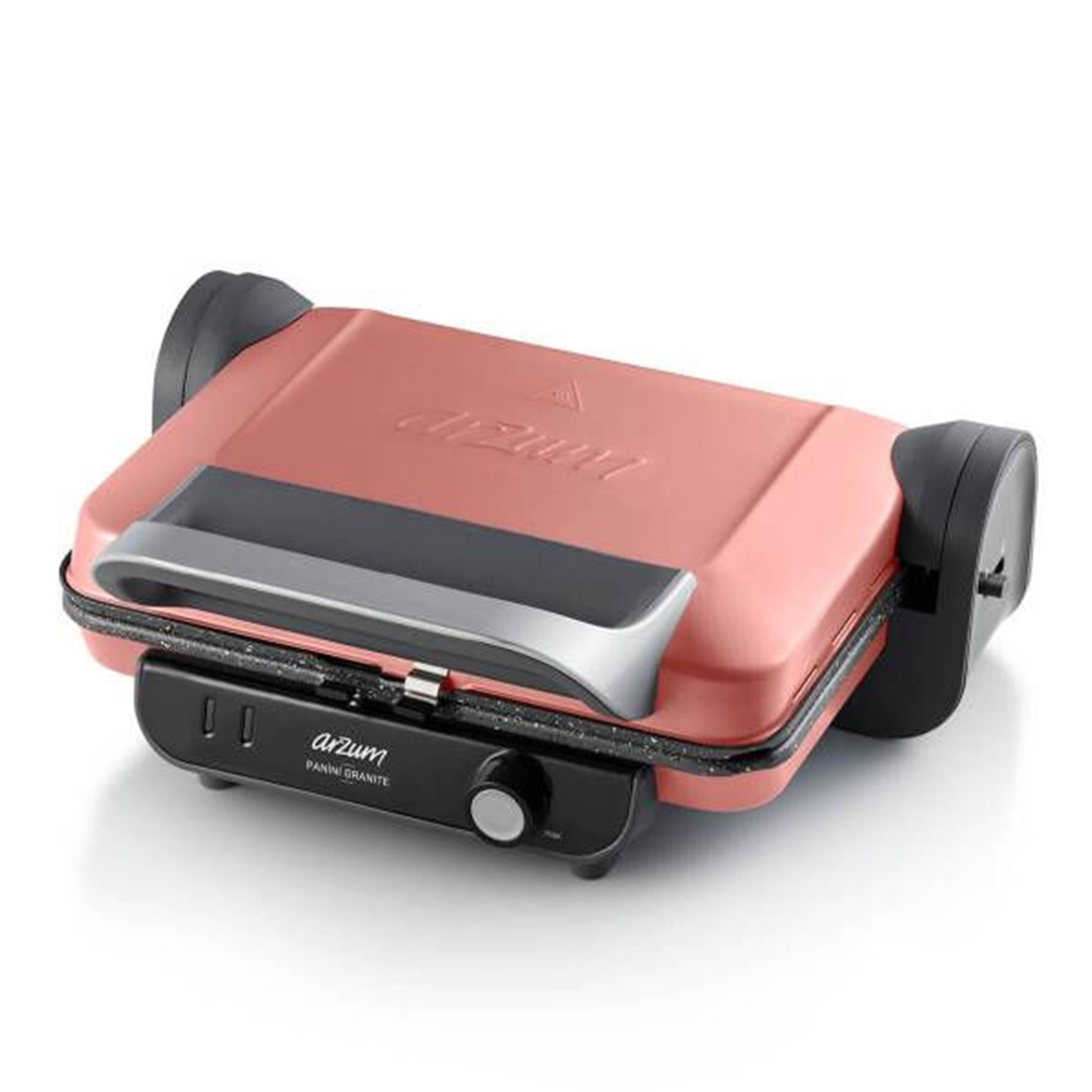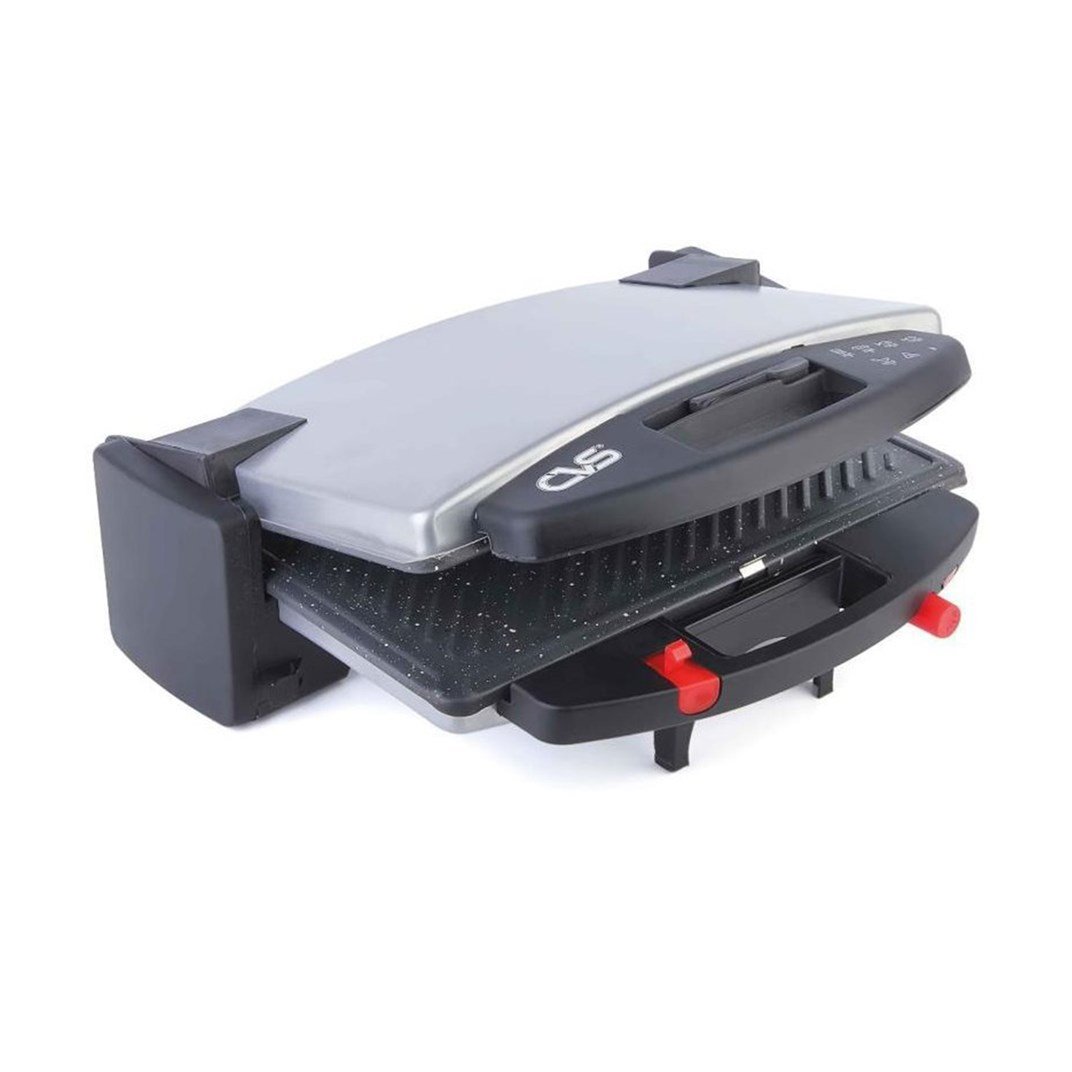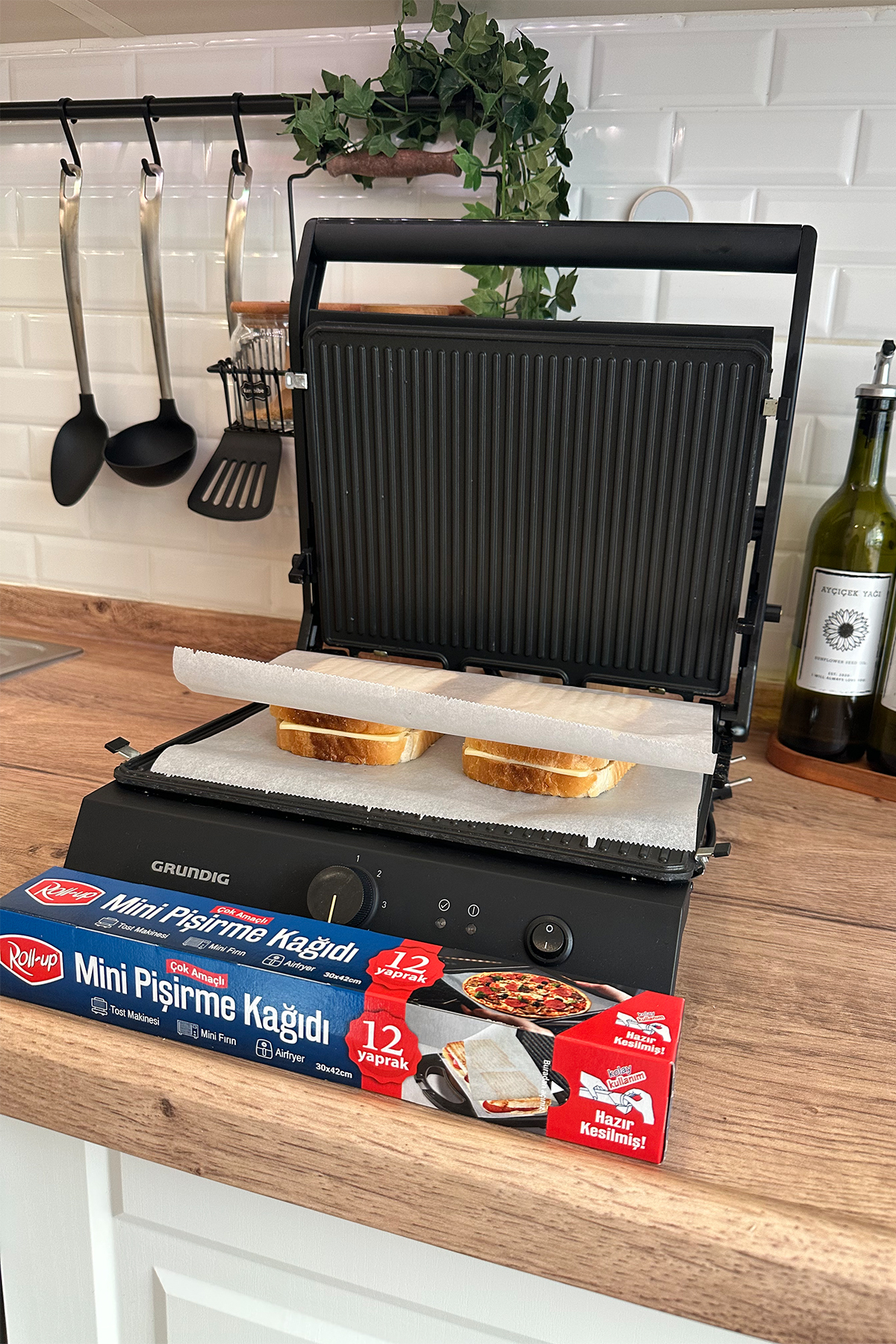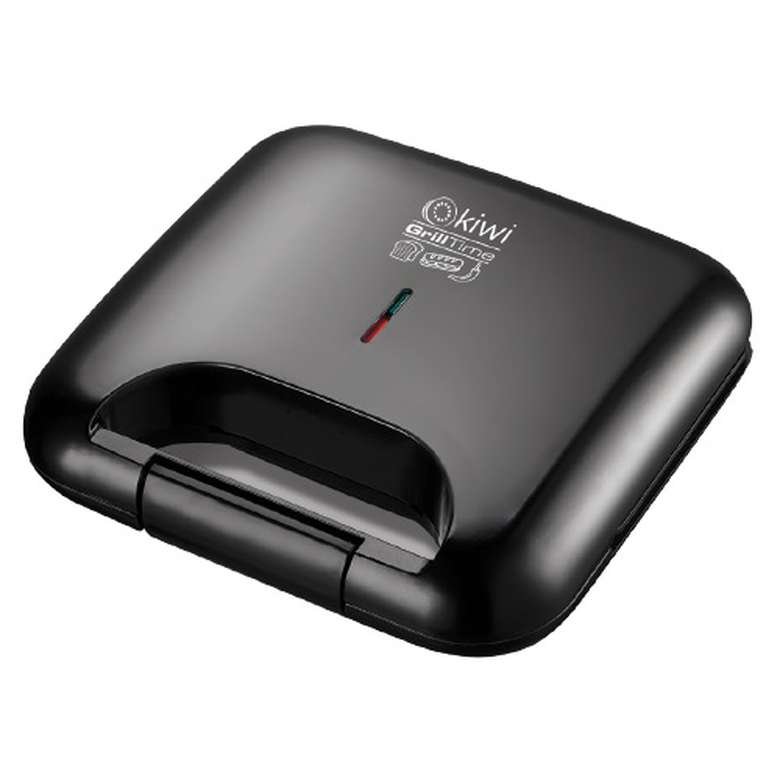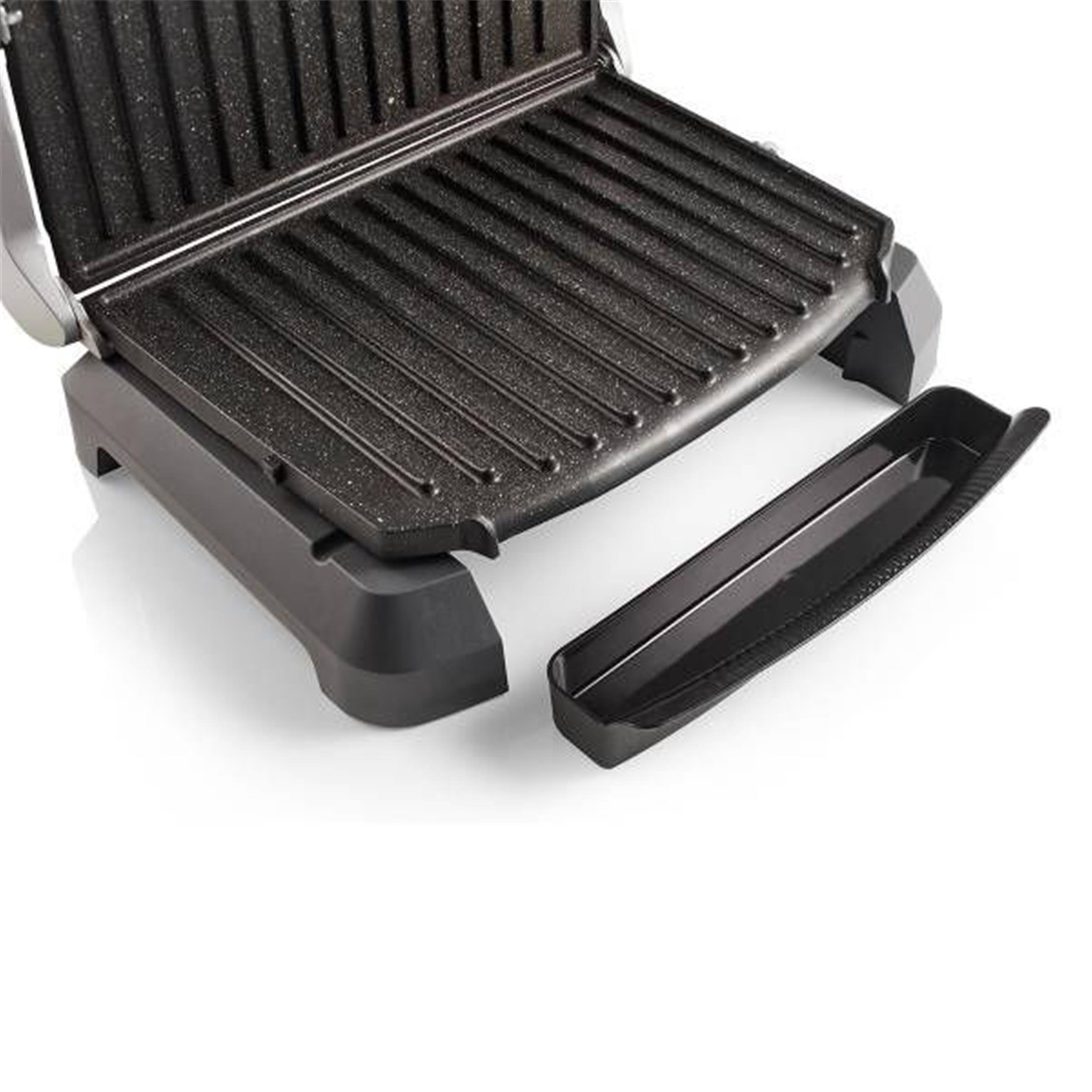
Şok Marketler | Isıya dayanıklı ergonomik tutma sapı, yapışmaz kolay temizlenebilir yüzeyi ile Sinbo Tost Makinesi #ŞOK'ta #ŞOKUcuz! | By Şok Marketler | Facebook

Şok Marketler - Pratik sevenlere özel kampanya! Sabahları sizi uzun uğraşlardan kurtaracak Sinbo Tost Makinesi 18-24 Kasım tarihleri arasında Şok Marketler'de sadece 37,90 TL! | Facebook

Şok Marketler - Şok'tan tostseverlere bayram ettirecek kampanya! 6-12 Temmuz tarihleri arasında Sinbo Döküm Tost Makinesi sadece 89.90 TL. | Facebook

Remta R72 8 Dilim 1200 W Sanayi Tipi Tost Makinesi Fiyatları, Özellikleri ve Yorumları | En Ucuzu Akakçe

Şok Marketler | 2 Yıl Garantili Sinbo Tost Makinesi ve Kiwi Blender Seti #ŞOKUcuz. Tüm ürün fiyatları 12 - 18 Ağustos 2020 tarihleri arasında geçerlidir. | By Şok Marketler | Facebook




